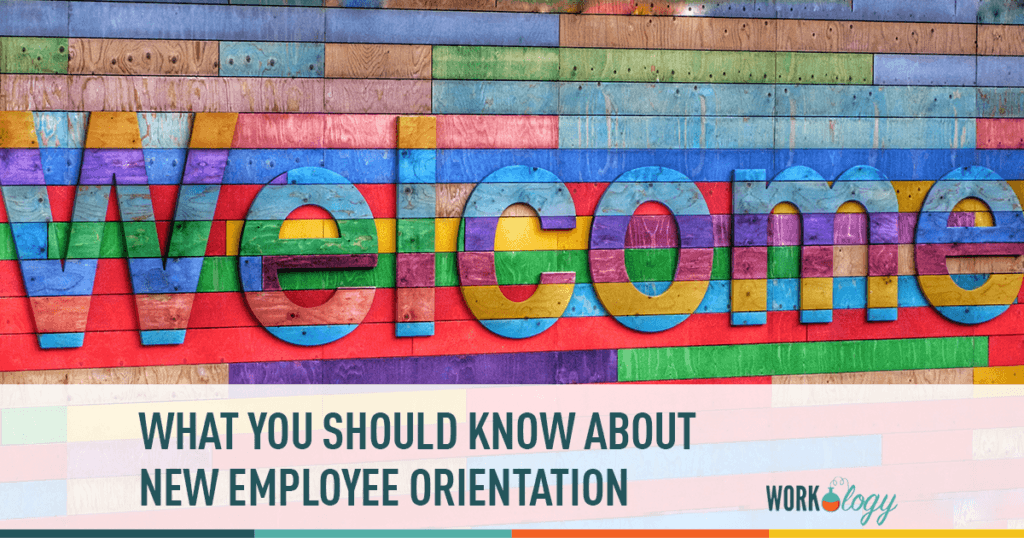From day one, the employee orientation is an integral part of employees’ success. Orientations have a lot of value to both the new employee and the company. For the employee, you are introducing them to their new co-workers, giving a tour of the facility, and setting the expectations for their new role. During this process, you are giving them their first impression as to what the company culture is like. Chris Joseph states in Why Is Orientation Important to the Employees: “An effective orientation serves to acclimate the employee and speed up the time it takes for [him or her] to become a productive member of the organization.”
Hiring Is Only the First Step: What You Should Know About New Employee Orientation
The value to the company is setting the employee up for success right off the bat. If an employee knows their expectations and is comfortable in a timely manner, you are likely to reduce turnover and increase productivity, ensuring a smooth transition into the employee’s new role. This saves time and money (and companies like that)!
How to Conduct an Orientation
There are many ways to conduct an orientation, but not all are created equal. There are checklists that assist employers in staying consistent and making sure to provide everything needed, for example, where to park, what the hours of operation are, and whether the company has a cafeteria? Other information needed is a phone list of employees, and the new employee’s email address and login information.
Some employers show a PowerPoint presentation introducing the history of the company, a few of the executives, and an overview of the benefits offered. Others will simply introduce the new hire to their trainer and let them be, after filling out all the paperwork of course. There is no “right” or “wrong” way to conduct it.
Here are a few suggestions for producing an effective orientation:
· Make sure employees know what is expected of them and set some goals.
· Give an overview of the benefits of the company, not just health and retirement benefits.
· Be creative, keeping them engaged.
· Introduce them to a mentor and/or trainer, or a person that will assist them for the first few months.
· Lunch with various people from the C-suite. This can be multiple lunches or a round-table type lunch.
· Set a time to check in on them in a couple weeks, months, to review and see how they are doing.
Orientation is a process, not a one-and-done event. Checking in with employees along the way at, let’s say in 30, 60, and 90 days, to not only provide feedback to the employee, but receive feedback, gives everyone a chance to be successful.
What About Small Businesses?
Employee orientation is not just for large corporations. Businesses of all sizes need to have some version of introducing new hires into the company. This establishes a relationship between both parties. A small business may have a condensed version of orientation compared to a large corporation, but should still include the suggestions listed above.
A large corporation may present to multiple new hires in a conference room then break off, whereas a small business will work with one individual. By creating a process that is followed with every new employee, you are ensuring a culture of productivity!









One Comment
Totally agree with all of this Shelly.
Onboarding is changing and it’s high time it did.
In my experience, startups and scaleups probably do this best, clearly realising the long term value of a new recruit.
This is something I probably began noticing as the credit crunch began to bite a decade ago and I think it has something to do with changing attitudes on both sides.
As employers, high staff turnover isn’t just expensive, it’s disruptive and time consuming. Therefore, forward thinking firms need to work at making new hires feel as comfortable as possible as quickly as possible.
Conversely, as new recruits, job starters need to assimilate quickly, show their value become part of the team without bringing the place to a standstill each time they have a question.
The world of work is changing rapidly and there’s no rulebook.
Comments are closed.